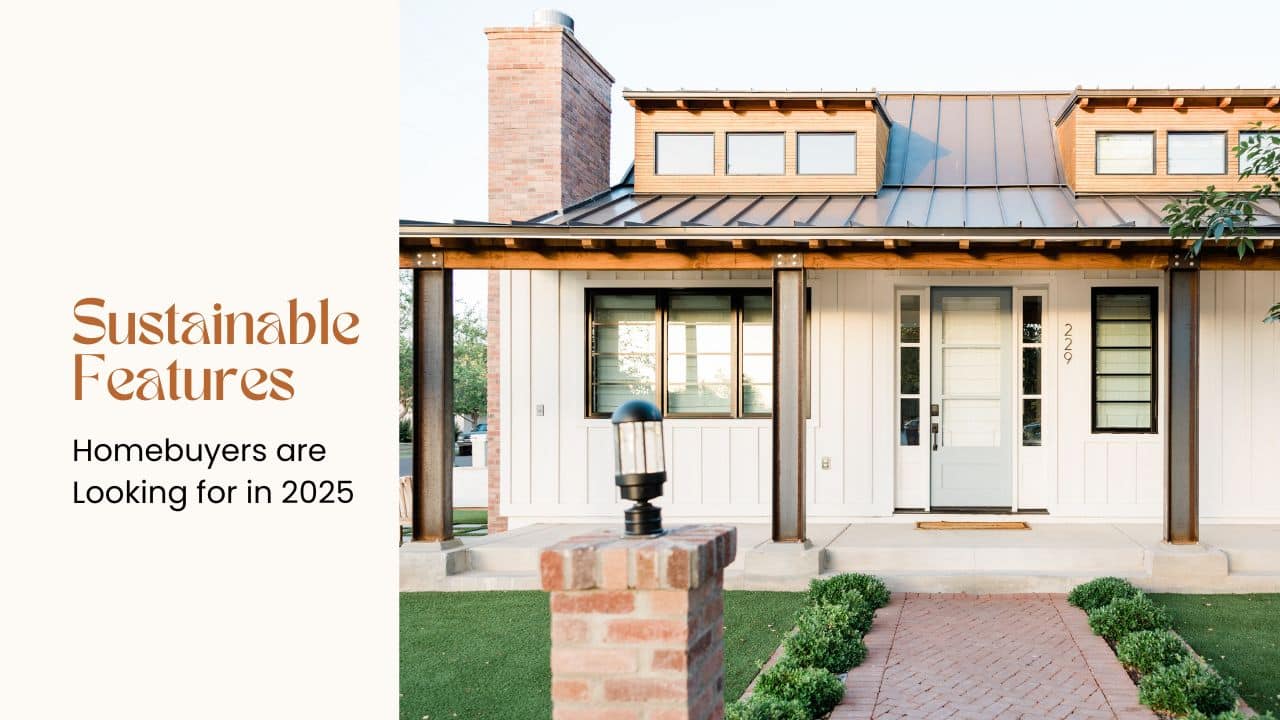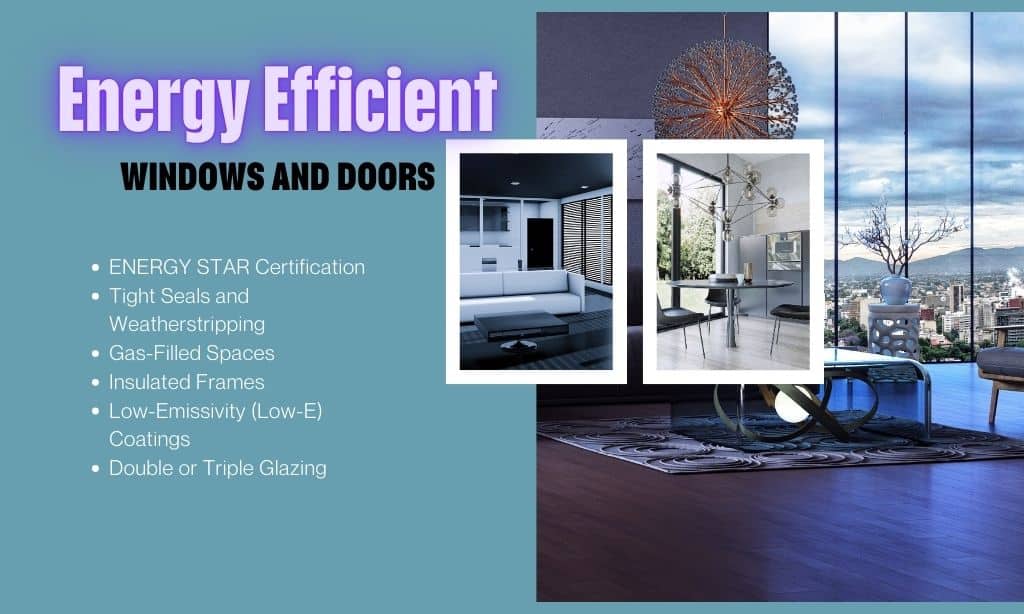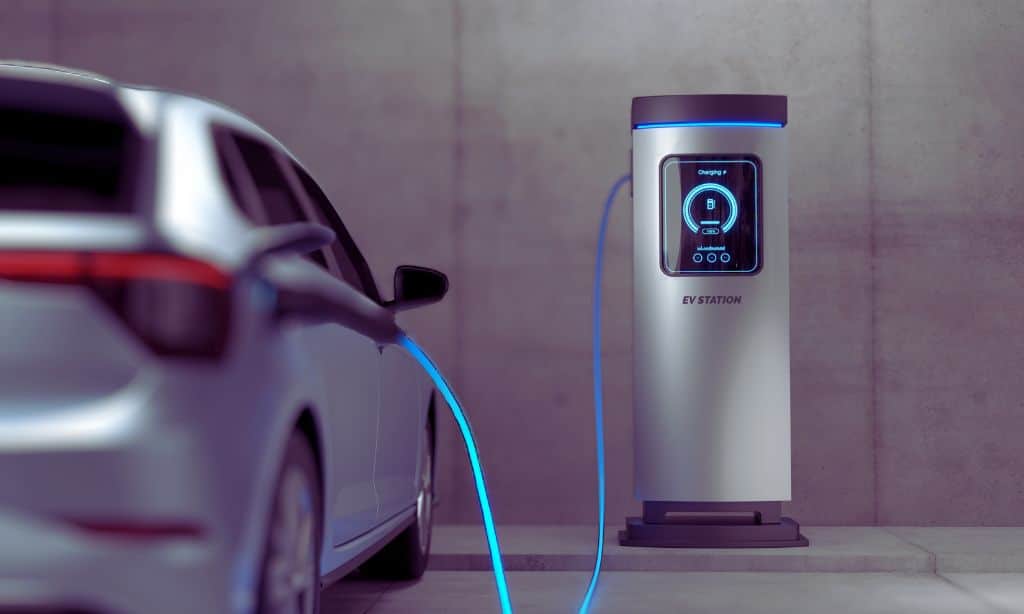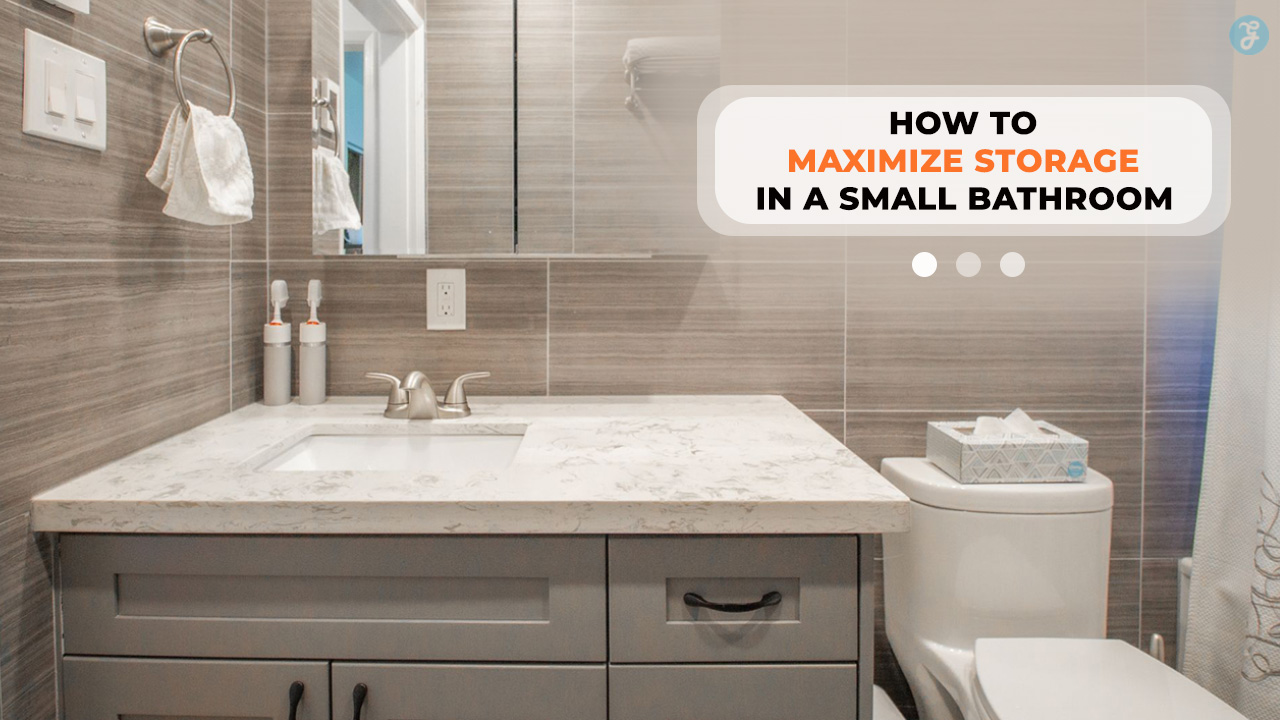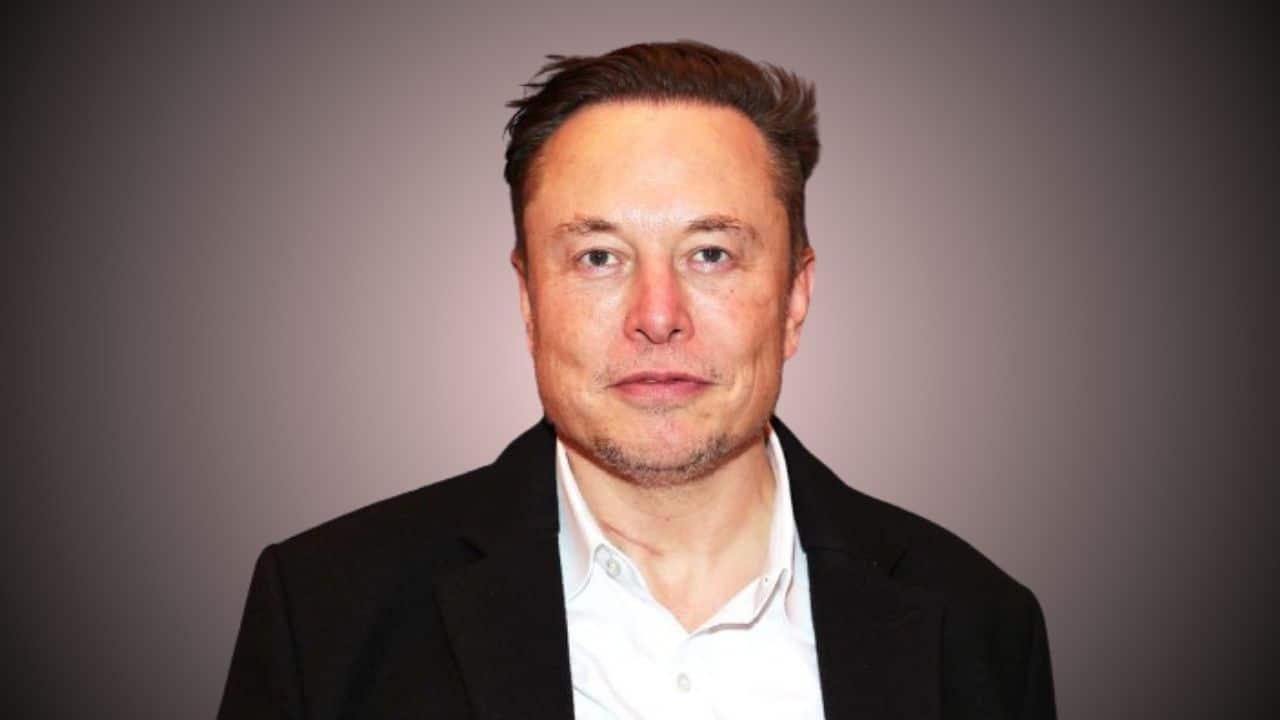In 2024, sustainability is more than a trend; it’s a necessity shaping the future of home design and construction. As environmental concerns will grow in 2025, homebuyers are seeking properties that not only reduce their carbon footprint but also offer long-term financial benefits.
From energy-efficient systems to eco-friendly materials, the demand for sustainable features in homes has skyrocketed. This article explores the top 10 sustainable features homebuyers are looking for in the upcoming 2025 and how they can transform the housing market.
Why Sustainability Matters in the Housing Market
The shift toward sustainability in the housing market is driven by multiple factors:
- Environmental Impact: Sustainable homes reduce energy and resource consumption, helping mitigate climate change.
- Financial Savings: Features like solar panels and energy-efficient appliances lower utility costs significantly over time.
- Incentives: Government programs and tax credits encourage homeowners to invest in green upgrades.
Sustainable features also enhance a home’s resale value, making them a win-win for buyers and sellers alike.
Top 10 Sustainable Features Homebuyers Are Looking for in 2025
As the world embraces greener living, sustainability has become a top priority for modern homebuyers. In 2025, eco-friendly homes are no longer a luxury—they’re an expectation. Buyers are seeking smart designs that reduce energy use, minimize environmental impact, and provide long-term savings.
From cutting-edge solar technology to water conservation systems, these sustainable features not only make homes more efficient but also enhance their value and appeal. Fairway Energy specializes in helping homeowners qualify for free home energy grants, making it easier to adopt these innovative solutions. Let’s explore the top 10 features driving the future of green housing!
1. Energy-Efficient Windows and Doors
Windows and doors play a crucial role in a home’s energy efficiency. Modern energy-efficient options are designed to prevent heat loss in winter and minimize heat gain in summer.
- Why It’s in Demand: Homebuyers appreciate lower heating and cooling costs while enjoying better insulation.
- Implementation Tips: Look for double- or triple-pane windows with low-emissivity coatings and airtight seals.
2. Solar Power Systems
Solar energy continues to top the list of sustainable features, with advancements making installations more affordable.
- Why It’s in Demand: Solar panels drastically cut electricity bills while promoting renewable energy use.
- Implementation Tips: Homeowners can take advantage of federal and state tax credits to offset installation costs.
3. Smart Home Energy Management Systems
Technology meets sustainability with smart energy systems that optimize energy consumption.
- Why It’s in Demand: Features like smart thermostats and energy monitors allow homeowners to control and track their energy use.
- Implementation Tips: Popular systems like Nest and Ecobee can be easily integrated into new or existing homes.
4. High-Performance Insulation
Proper insulation is key to maintaining comfortable indoor temperatures year-round.
- Why It’s in Demand: It reduces the energy needed for heating and cooling, lowering utility bills.
- Implementation Tips: Use eco-friendly materials like recycled cellulose or spray foam for enhanced insulation.
5. Water Conservation Systems
Water-saving features are gaining traction, especially in drought-prone regions.
- Why It’s in Demand: These systems help homeowners reduce water waste and save on utility bills.
- Implementation Tips: Install low-flow faucets, dual-flush toilets, and rainwater harvesting systems.
6. Renewable Building Materials
Homebuyers are seeking properties constructed with materials that have minimal environmental impact.
- Why It’s in Demand: Bamboo, reclaimed wood, and recycled steel are durable and sustainable options.
- Implementation Tips: Builders can source materials locally to further reduce the carbon footprint.
7. Electric Vehicle (EV) Charging Stations
With the rise of electric vehicles, homebuyers are looking for properties that support sustainable transportation.
- Why It’s in Demand: EV charging stations add convenience and future-proof homes.
- Implementation Tips: Install Level 2 chargers for faster charging and increased property value.
8. Green Roofs and Living Walls
Green roofs and vertical gardens not only look stunning but also provide environmental benefits.
- Why It’s in Demand: They improve air quality, reduce urban heat, and offer natural insulation.
- Implementation Tips: Choose native plants that require minimal maintenance for optimal results.
9. Efficient HVAC Systems
Heating, ventilation, and air conditioning systems are being upgraded to more efficient alternatives.
- Why It’s in Demand: Systems like heat pumps and ductless units offer improved comfort with lower energy use.
- Implementation Tips: Builders can include zoned HVAC systems for tailored temperature control in different areas of the home.
10. Natural Lighting and Ventilation Design
A home designed to maximize natural light and airflow reduces reliance on artificial lighting and air conditioning.
- Why It’s in Demand: It enhances energy efficiency while creating a healthier indoor environment.
- Implementation Tips: Incorporate skylights, large windows, and open floor plans to boost sustainability.
How Builders Can Adapt to the Demand for Sustainable Homes
To meet the growing demand, builders should prioritize green certifications like LEED and ENERGY STAR. Partnering with eco-conscious suppliers and emphasizing sustainable features as key selling points can attract eco-minded buyers.
Marketing homes with these features as eco-friendly and cost-saving will position builders as leaders in the green housing market.
The Financial and Environmental Benefits of Sustainable Homes
- For Homebuyers:
- Lower energy and water bills.
- Healthier indoor environments due to improved air quality and reduced chemical use.
- Higher property resale values.
- For the Environment:
- Reduced carbon emissions.
- Conservation of natural resources.
- Decreased waste through recycling and renewable materials.
Challenges in Adopting Sustainable Features
Despite the benefits, there are challenges to going green:
- Higher Upfront Costs: Sustainable features may require a larger initial investment.
- Maintenance Misconceptions: Some buyers believe eco-friendly systems require extra upkeep.
- Solutions: Education on long-term savings and incentives, such as rebates or grants, can help overcome these barriers.
Future Trends in Sustainable Housing Beyond 2025
Looking ahead, innovations like AI-driven energy systems and carbon-neutral construction materials are set to redefine sustainability in housing. Net-zero homes, designed to produce as much energy as they consume, will likely become the gold standard in eco-friendly living.
Takeaways
Sustainable features are reshaping the housing market, offering benefits that extend beyond eco-conscious living. From solar panels to EV charging stations, these features not only appeal to modern homebuyers but also help reduce environmental impact.
As we move into 2025, investing in sustainable home designs is a smart move for both buyers and builders, ensuring a greener future and enhanced property value.


